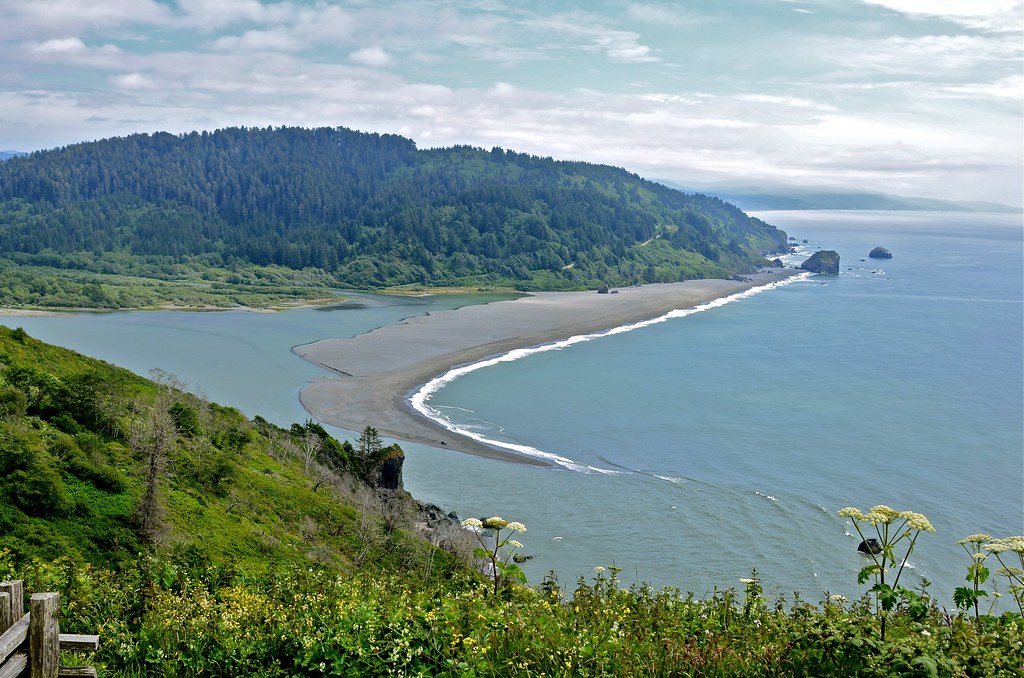From the Amazon to the Klamath, granting rivers legal rights is part of Indigenous-led efforts to protect them.
By Chloe Berge in National Geographic on April 15, 2022.
With its thunderous rapids carving through a wild boreal forest in Quebec’s Côte-Nord region, the Magpie River is well known to white water rafters from around the globe. What these travelers may not know is that the Magpie recently became the first river in Canada to be granted legal personhood.
The 120-mile-long waterway is sacred to the Innu First Nation, who call it Mutuhekau Shipu. They’ve depended on it as a major highway, food source, and natural pharmacy for centuries. But in recent years, the river has been threatened by hydroelectric dam development, the negative environmental and social effects of which often outweigh any renewable energy benefits.
To protect the natural landmark, the Innu Council of Ekuanitshit and the Minganie Regional County Municipality declared the Mutuhekau Shipu a legal person in 2021. Now the river has nine rights, among them the right to flow, maintain biodiversity, be free from pollution, and to sue.
While this is a first in Canada, it’s part of a global, Indigenous-led campaign echoing the rights of nature movement, which aims to provide concrete protections for the natural landscape. In recent years, many rivers—from New Zealand’s Whanganui to the United States’ Klamath River—have been given personhood. In 2018, Colombia’s Supreme Court granted the Amazon—the world’s largest river—legal rights.
Read the full article in National Geographic.

